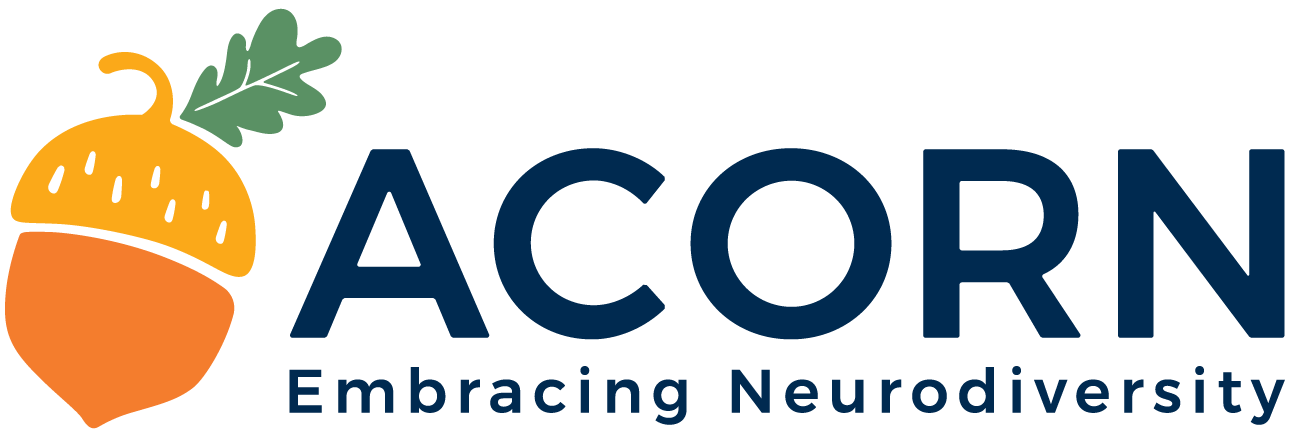Using telehealth to deliver speech & language therapy to autistic children
Using Telehealth to deliver Speech and Language Therapy Services
In an increasingly digital world, there has been a growing interest in the delivery of remote, digital speech and language therapy services (or ‘telehealth’). The covid-19 pandemic and subsequent need for social distancing, as well as ever advancing technological capabilities, has further fast tracked interest in this area. For individuals with Autism Spectrum Disorder (ASD), intensive intervention from a range of professionals is often required, but this can be difficult to achieve if the individual lives rurally, has no suitable service providers nearby, is unable to easily travel, or is required to socially distance from others. In these instances, telehealth may be a great option!
What exactly is ‘Telehealth’?
‘Telehealth’ is the term used when medical or health care services are provided by various modes of technology, instead of (or as well as) face to face interactions. This can encompass a variety of methods such as video calls, phone calls, sending/ receiving images or videos and using online resources.
Is Telehealth effective?
Recent studies into the effectiveness of telehealth have shown that it can be cost effective as well as benefit a much wider range of otherwise isolated clients (Baweja et al., 2021; Shulver et al., 2016). On top of this, it has been found to be more convenient and can have better patient outcomes (Luxton et al., 2016). For individuals with ASD, there is emerging evidence for the efficacy of telehealth. A recent review of the literature found that there were many benefits to telehealth in terms of assessment, intervention and training that benefit both the individual and the family. (Ellison et al., 2021).
Who can benefit from SLT support via Telehealth?
Telehealth can be effective at supporting a whole range of speech and language difficulties, including; expressive and receptive language, stammering, speech sounds and social skills. For those younger clients who may struggle with attending to a screen or video, telehealth can play an effective role in parent training and observation of interactions. Our therapists have the knowledge and skills to make modifications to the telehealth sessions in order to support engagement, including using visual tactics, using child-specific interests and putting a strong emphasis on parental involvement (as highlighted by Moree & Davis, 2010).
How can Acorn Autism help?
At Acorn Autism, our SLT’s believe in the efficacy of telehealth and are passionate about its benefits to those clients who would otherwise struggle with access to face to face therapy. Whether the focus is on parent training for early years, or direct SLT input with the client themselves, the evidence shows that SLT via telehealth can be effective and supporting individuals with ASD.
Please feel free to contact us for further information on how we can support you or your child with telehealth.
References
Baweja R, Brown S, Edwards E, Murray M. COVID-19 pandemic and impact on patients with autism spectrum disorder. Journal of Autism and Developmental Disorders. 2021;10:1.
Ellison KS, Guidry J, Picou P, Adenuga P, Davis TE 3rd. Telehealth and Autism Prior to and in the Age of COVID-19: A Systematic and Critical Review of the Last Decade. Clin Child Fam Psychol Rev. 2021;24(3):599-630. doi:10.1007/s10567-021-00358-0
Luxton DD, Nelson E-L, Maheu MM. A practitioner’s guide to telemental health: How to conduct legal, ethical, and evidence-based telepractice. American Psychological Association; 2016
Moree BN, Davis TE. Cognitive-behavioral therapy for anxiety in children diagnosed with autism spectrum disorders: Modification trends. Research in Autism Spectrum Disorders. 2010;4(3):346–354. doi: 10.1016/j.rasd.2009.10.015
Shulver W, Killington M, Crotty M. ‘Massive potential’ or ‘safety risk’? Health worker views on telehealth in the care of older people and implications for successful normalization. BMC Medical Informatics and Decision Making. 2016;16(1):131. doi: 10.1186/s12911-016-0373-5
